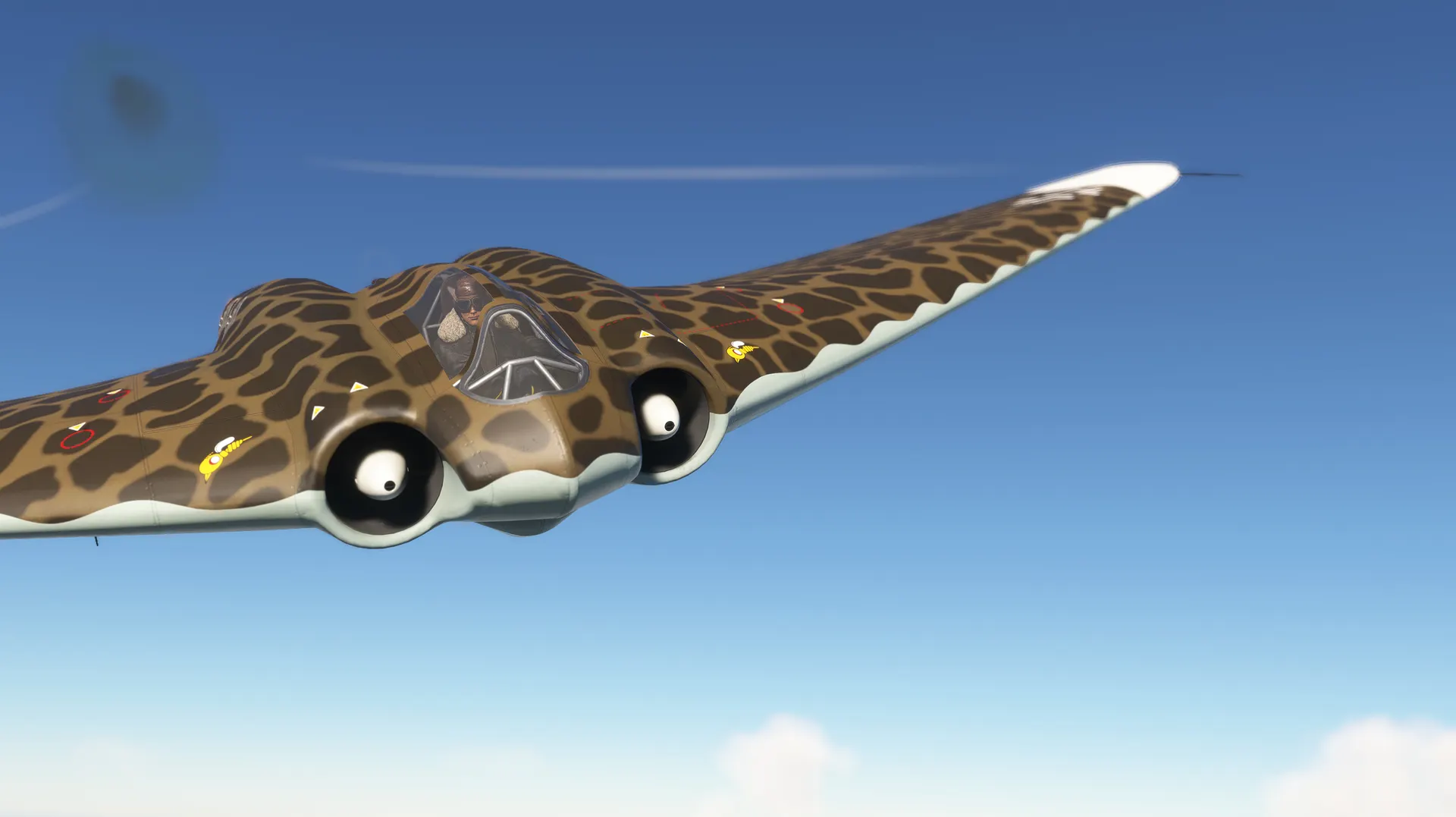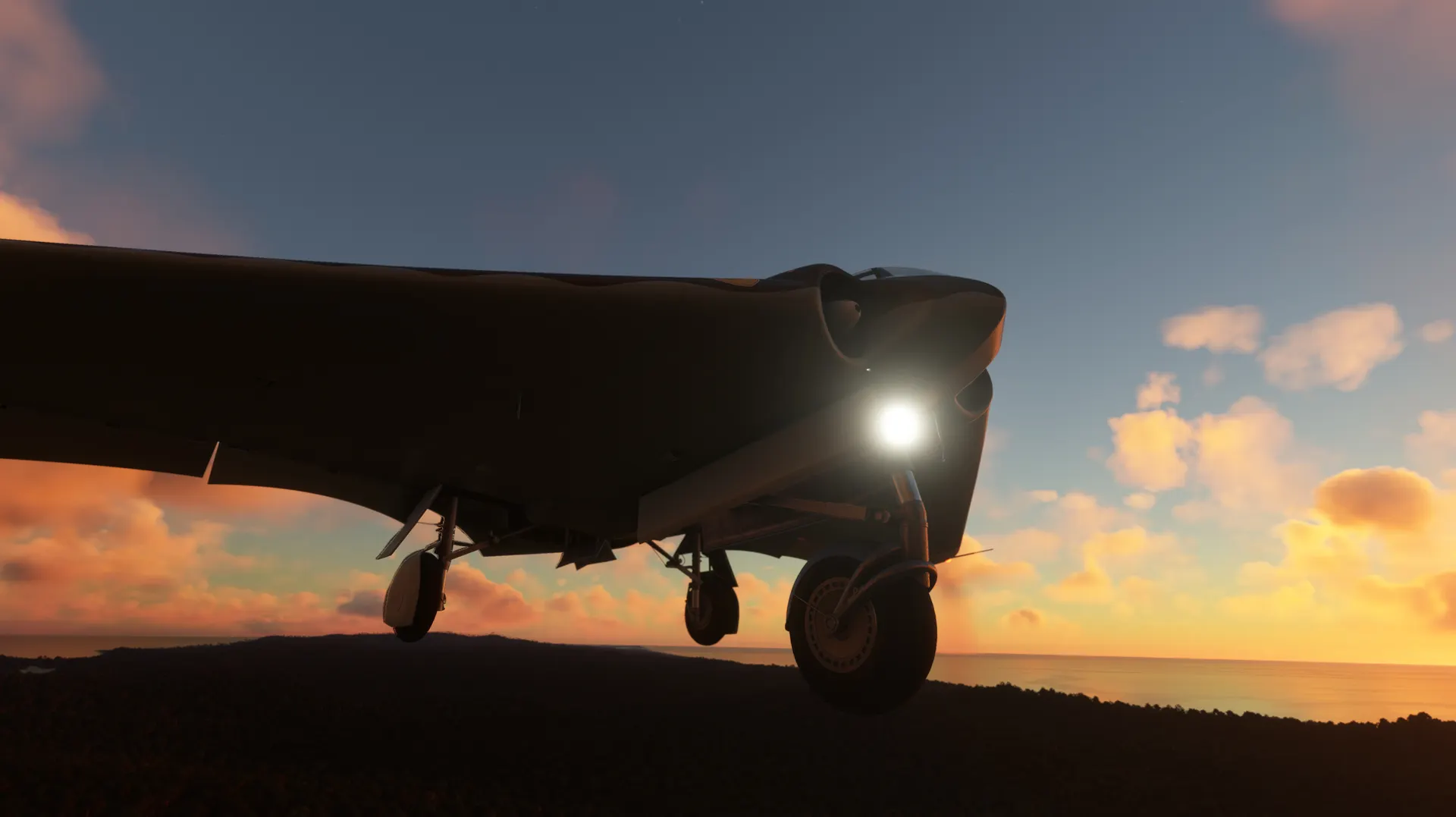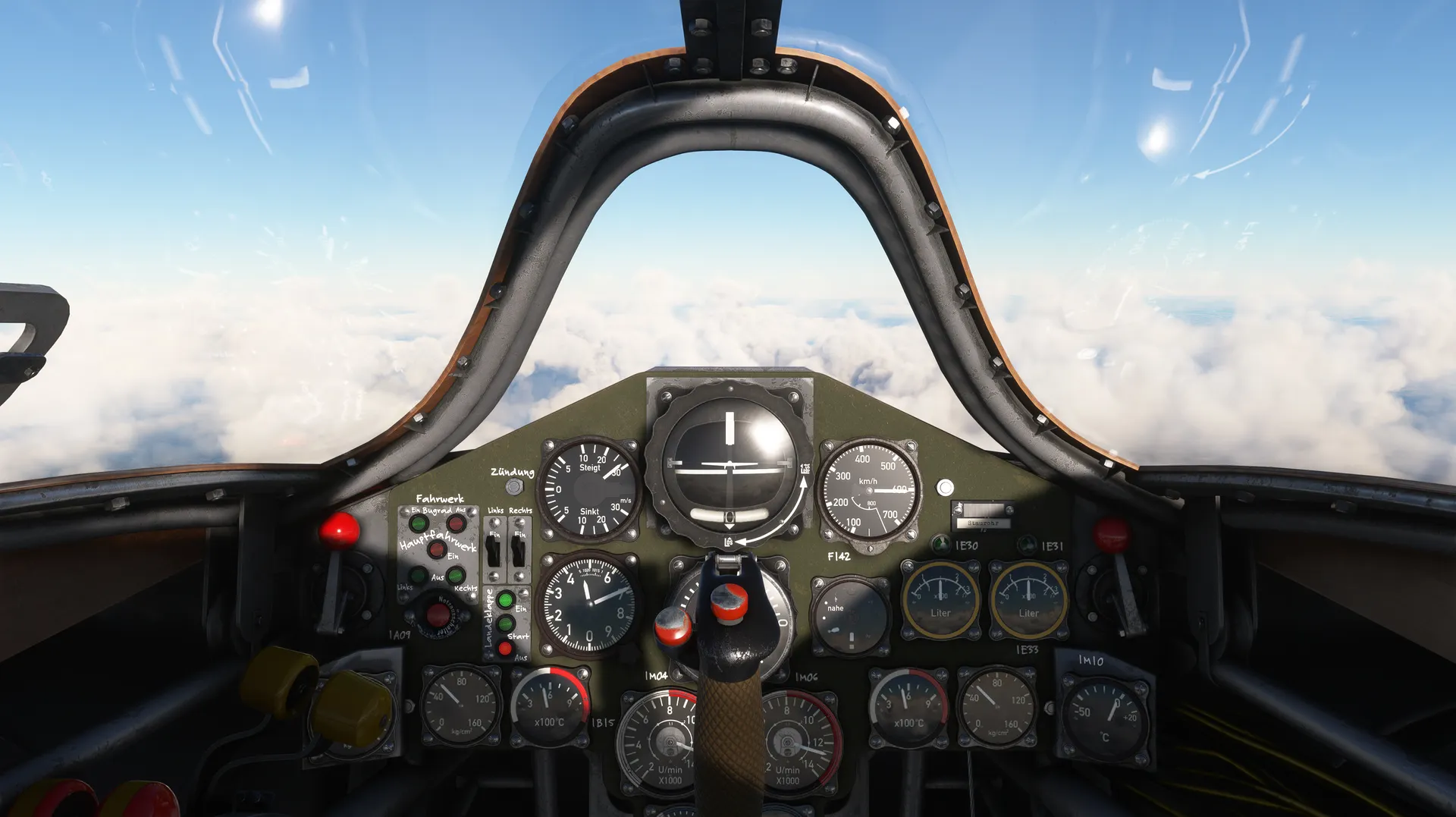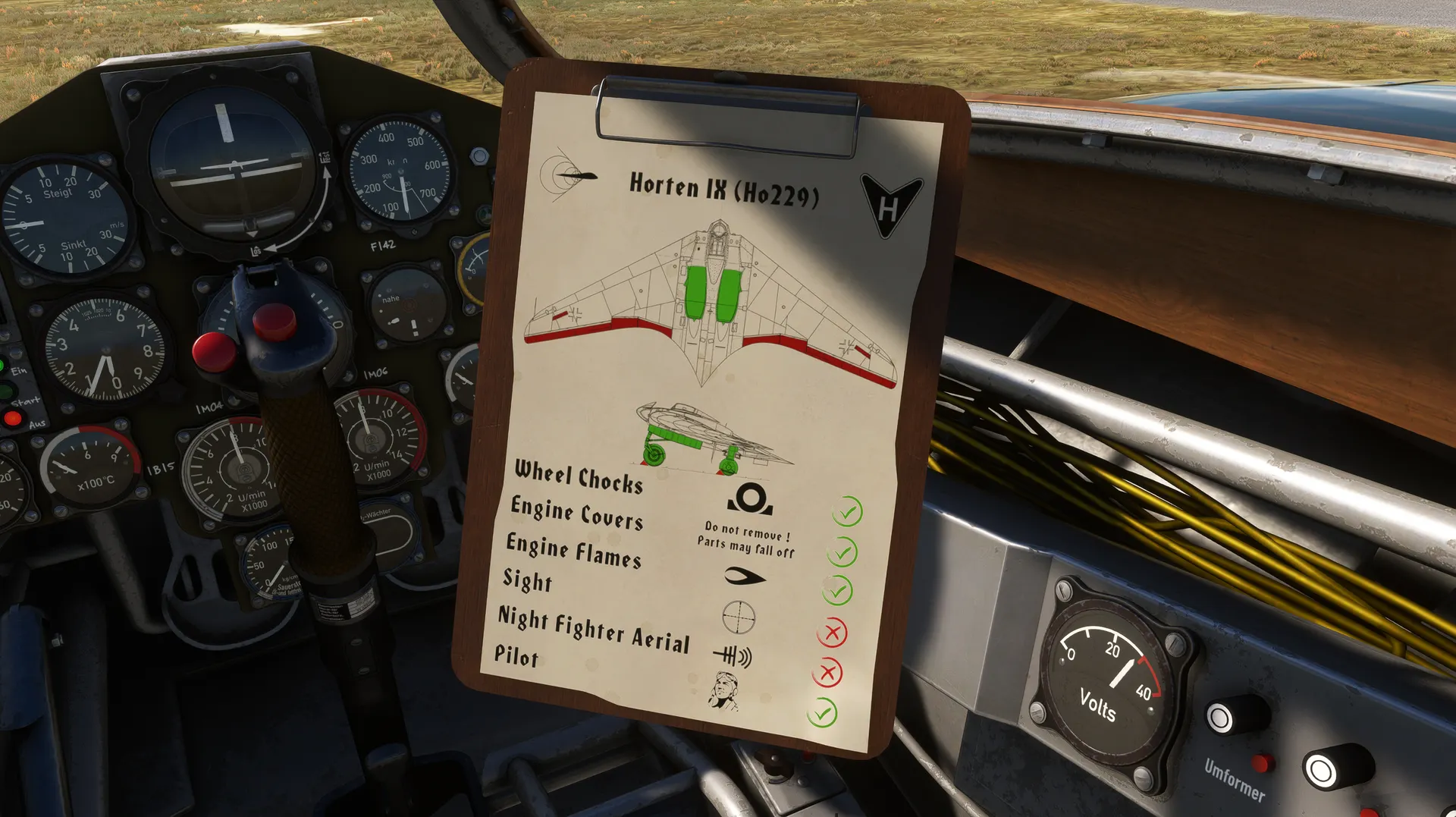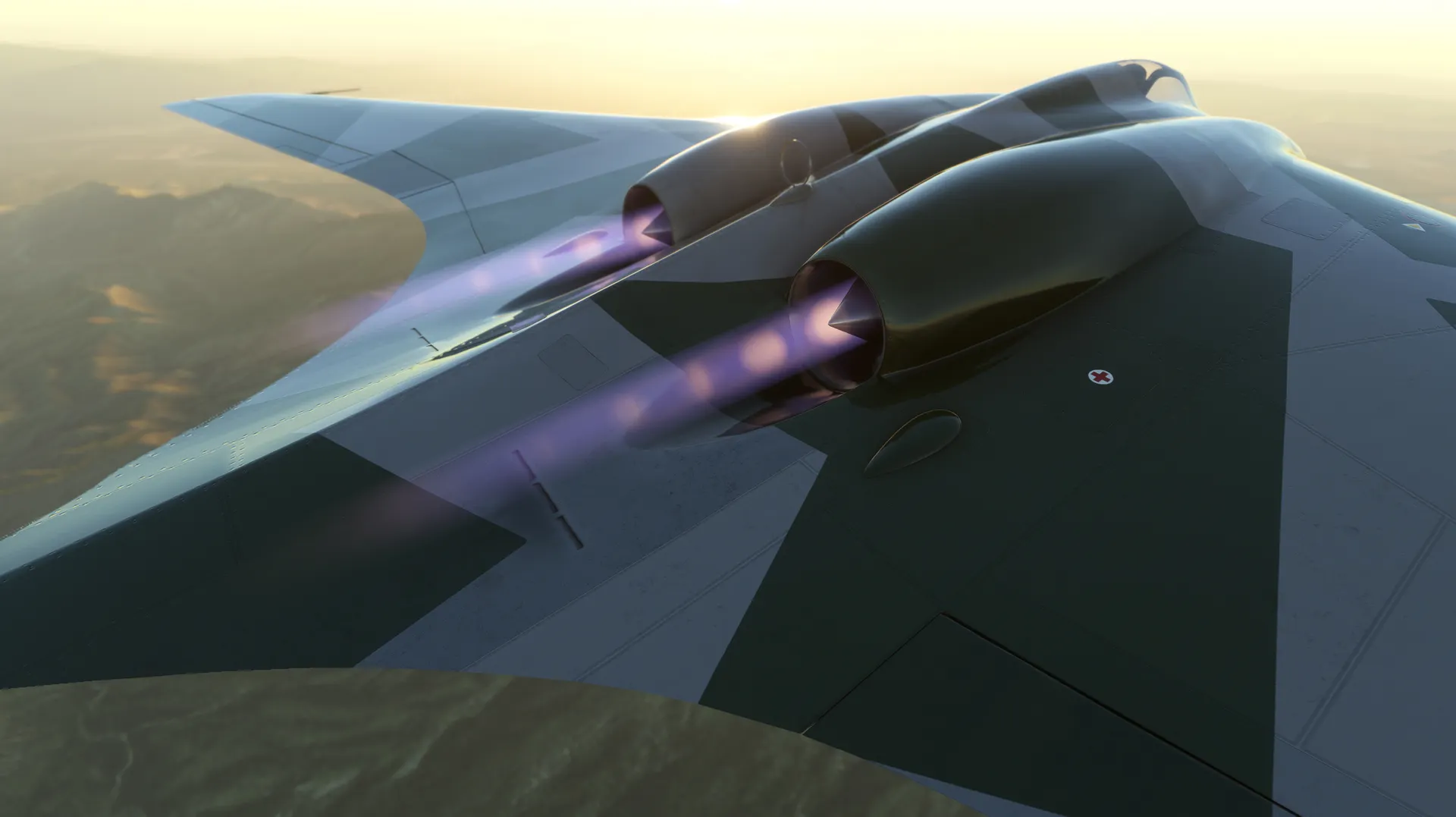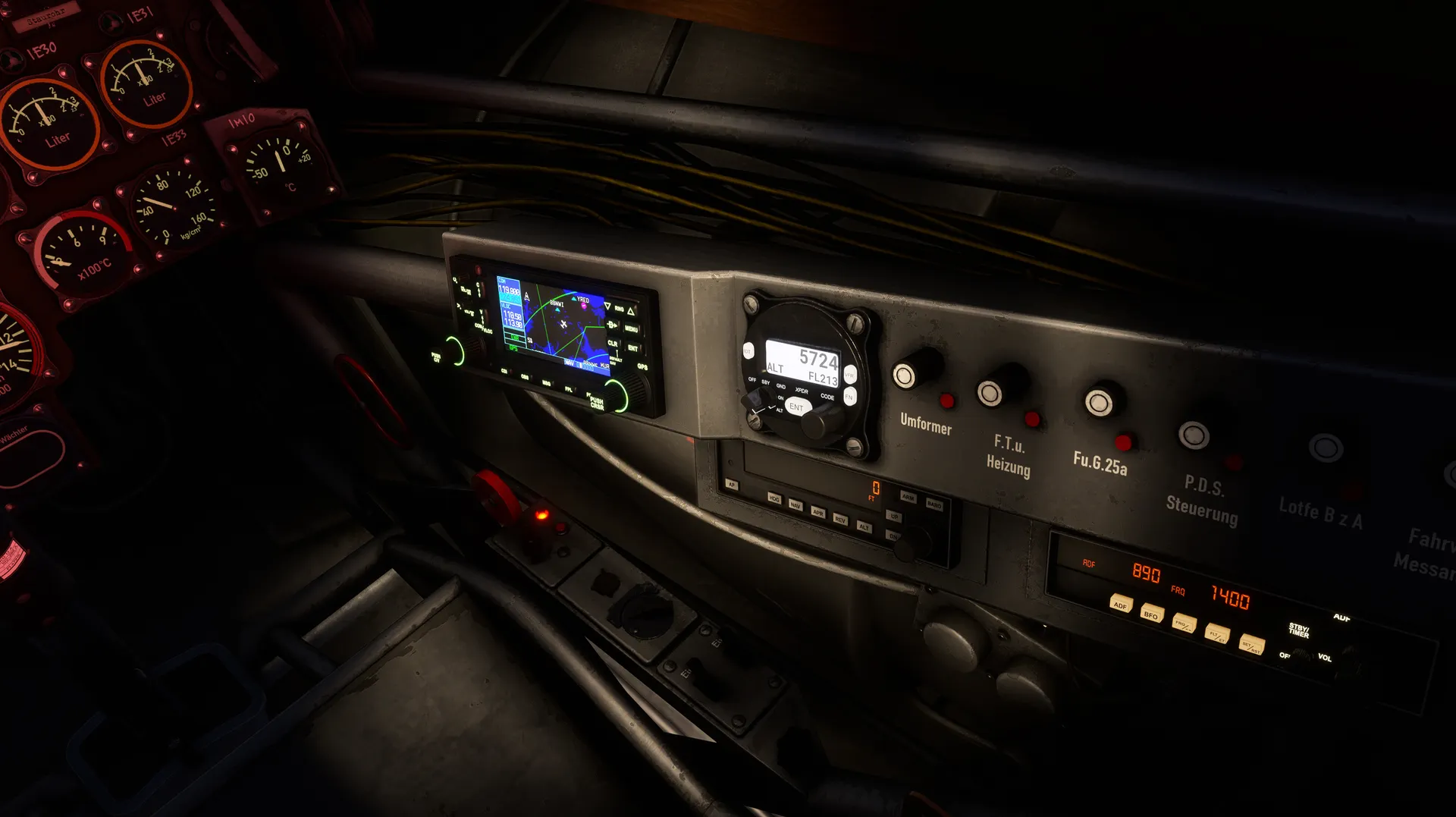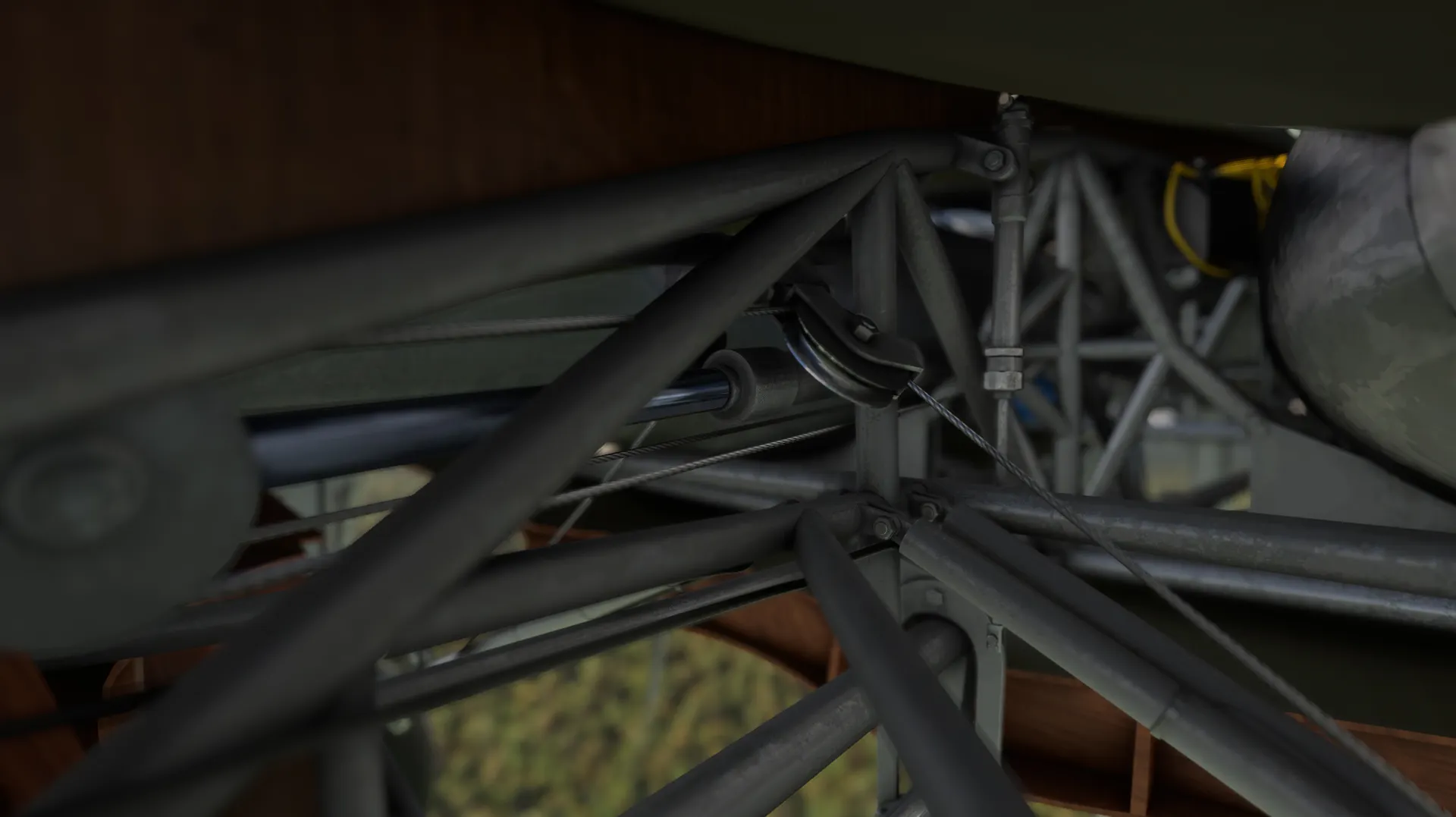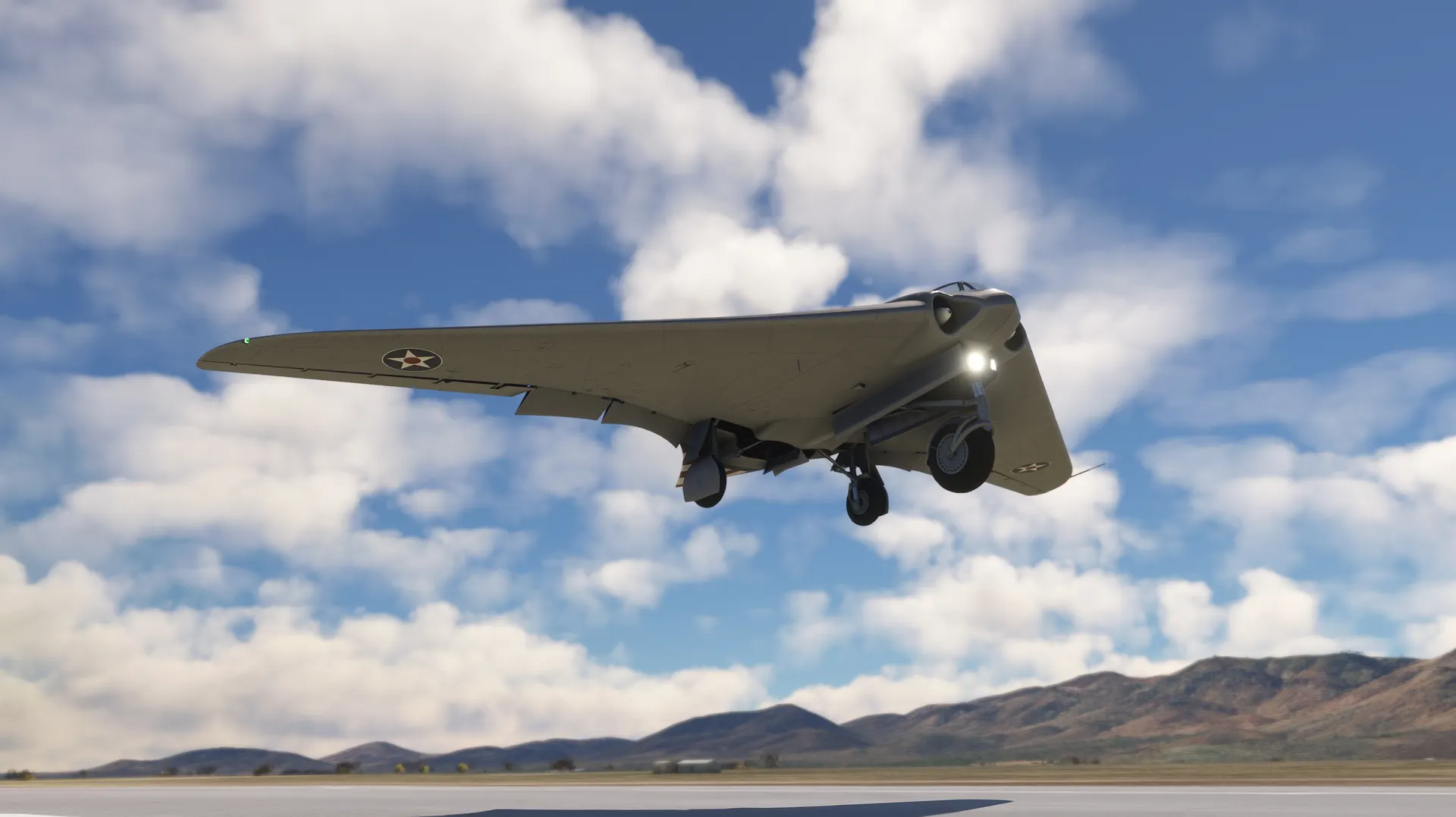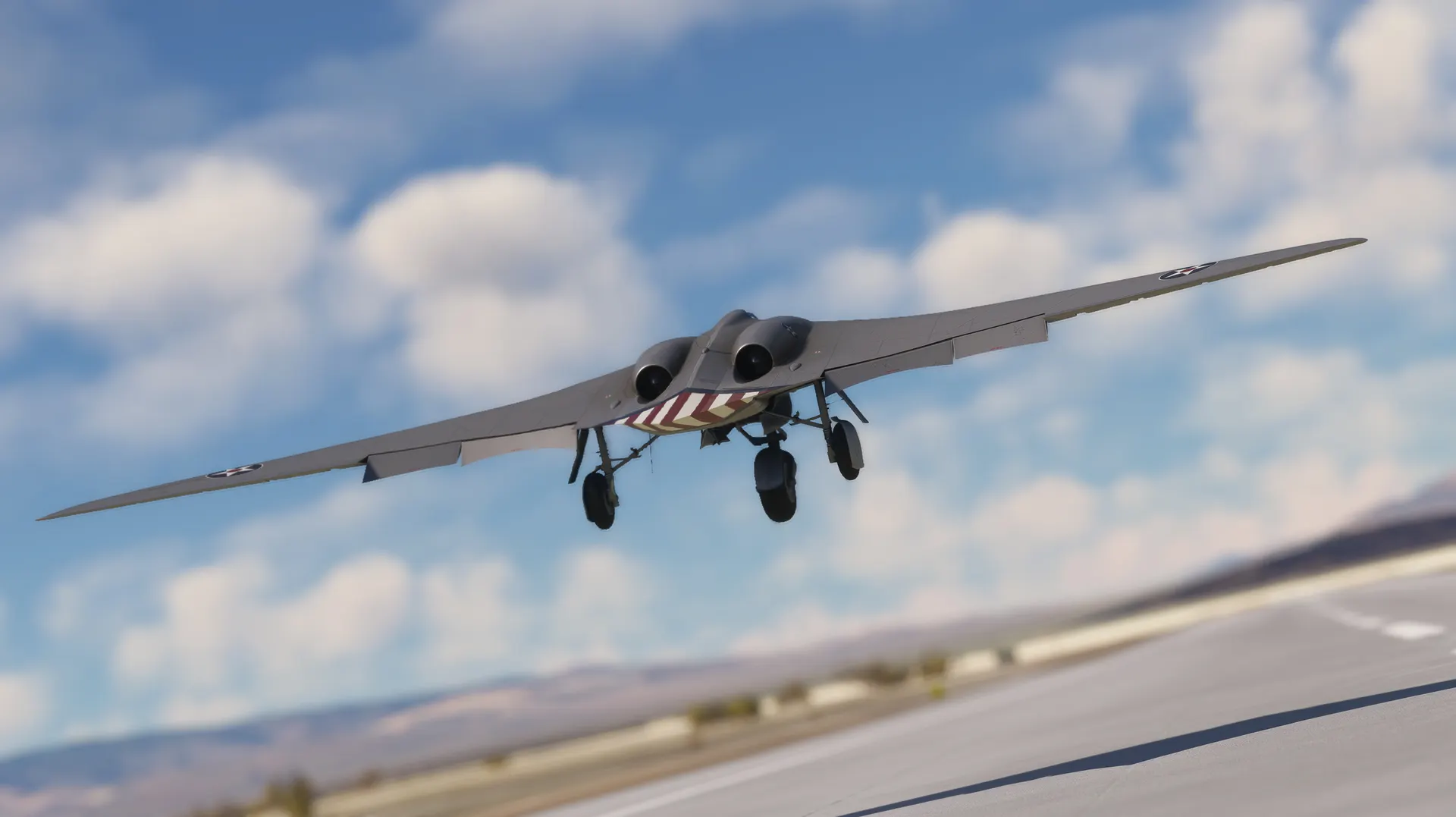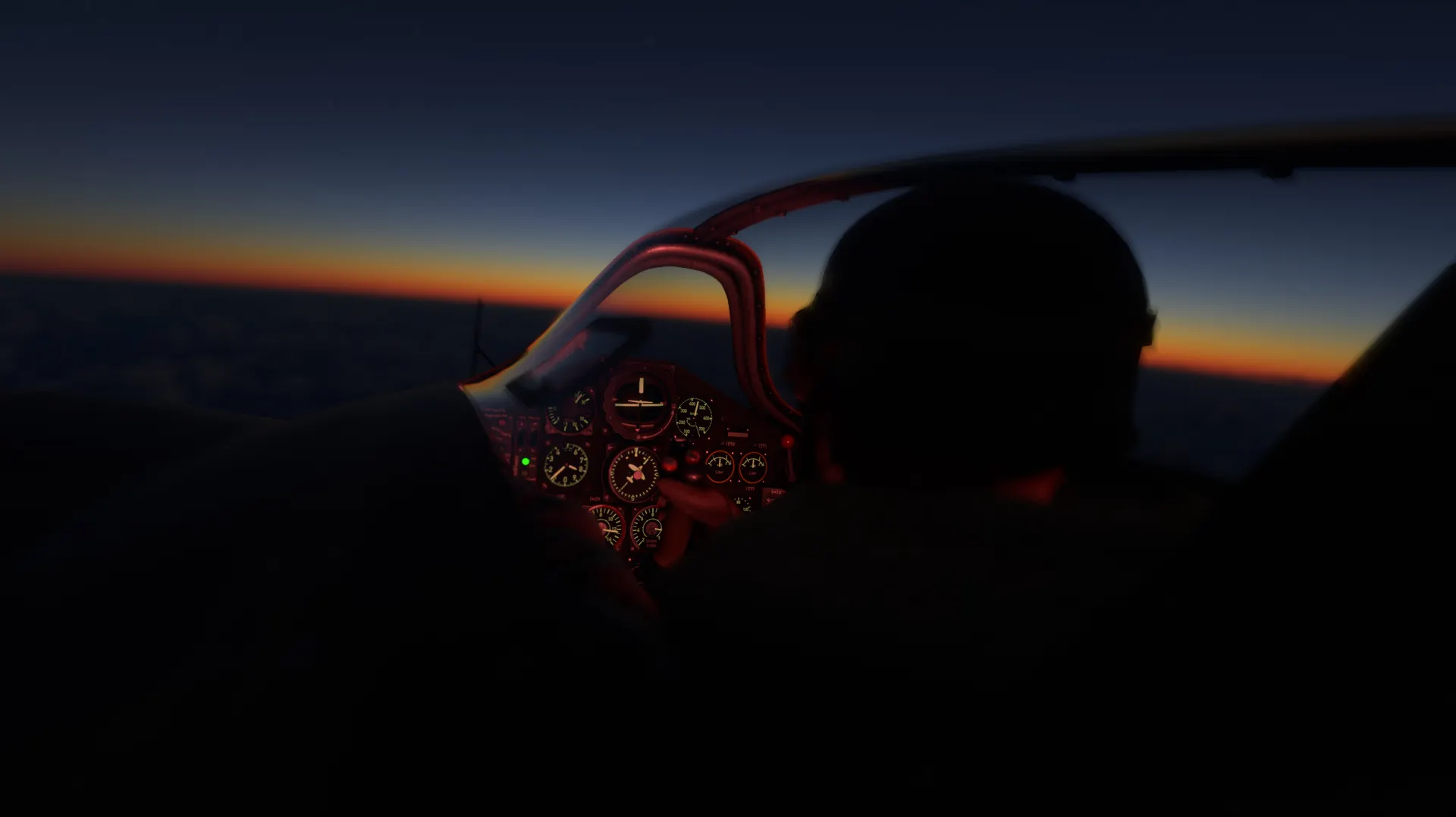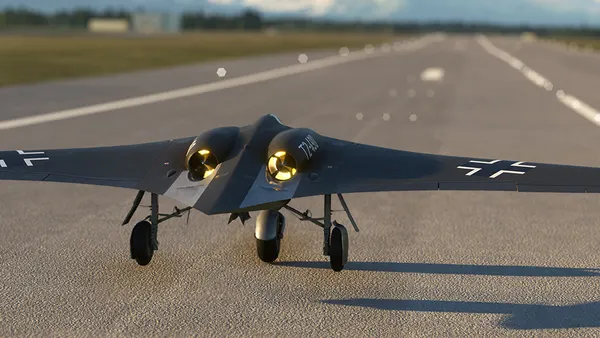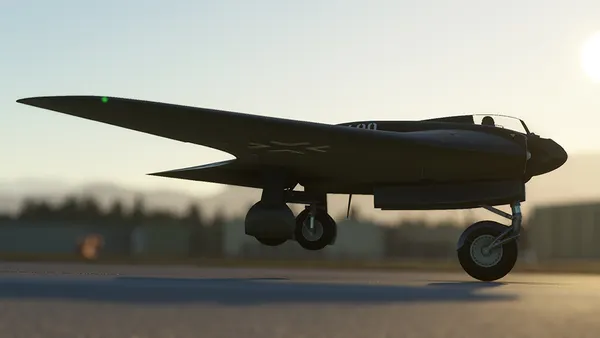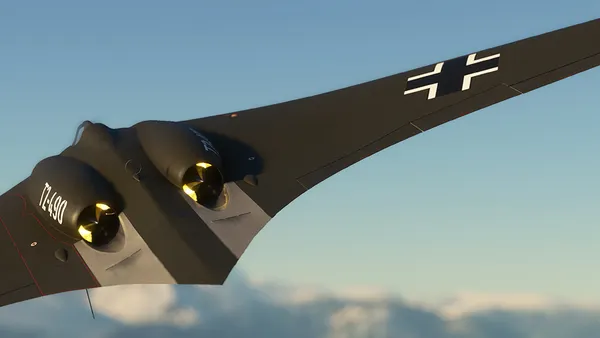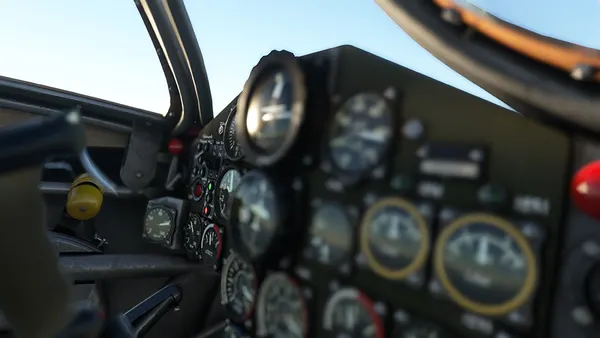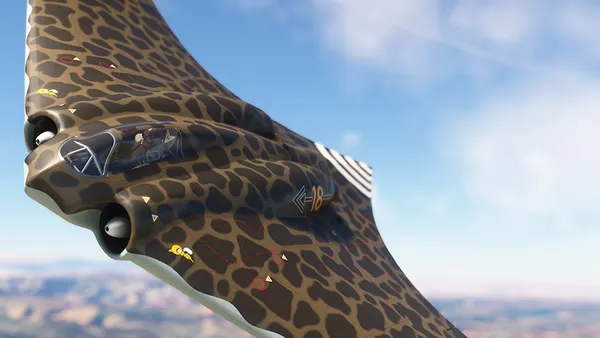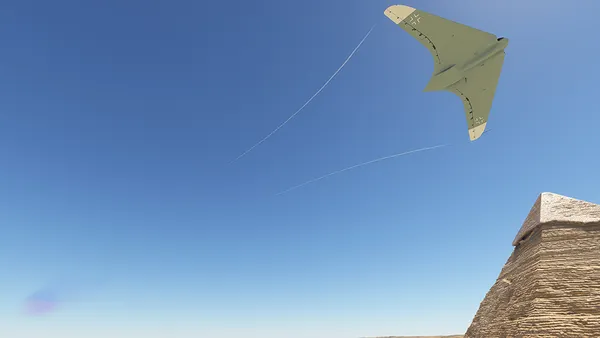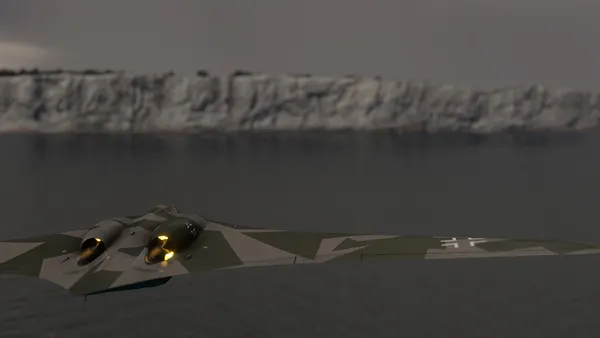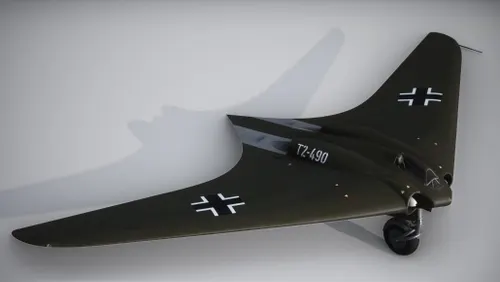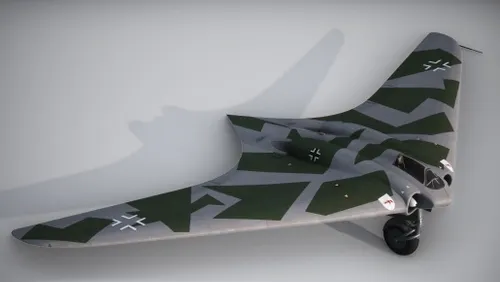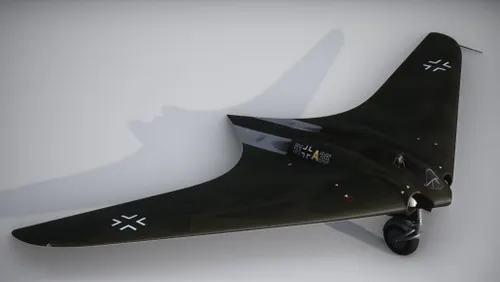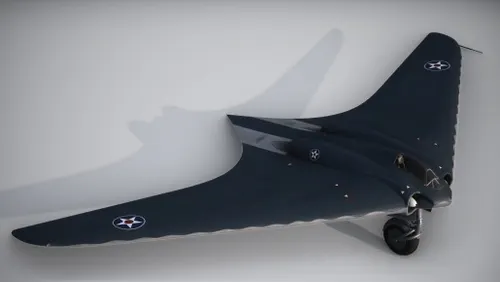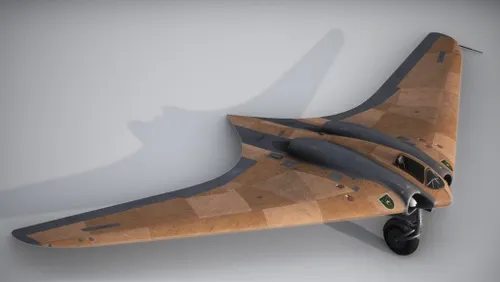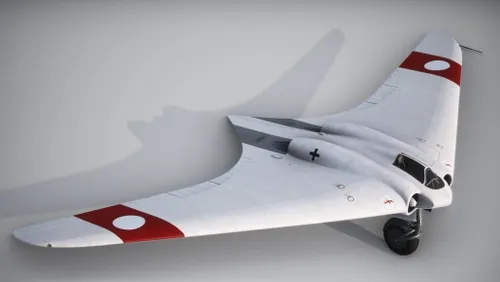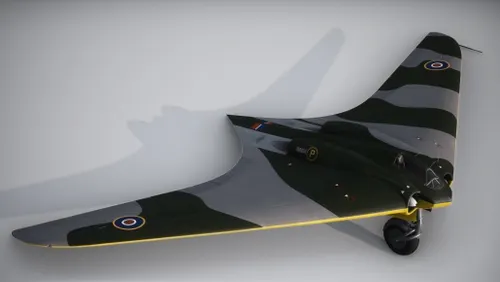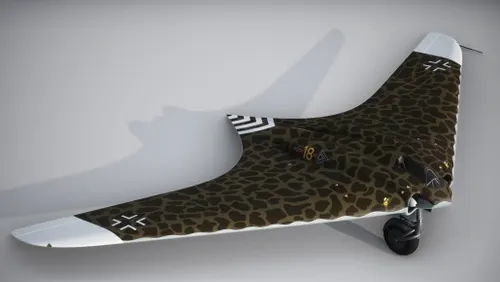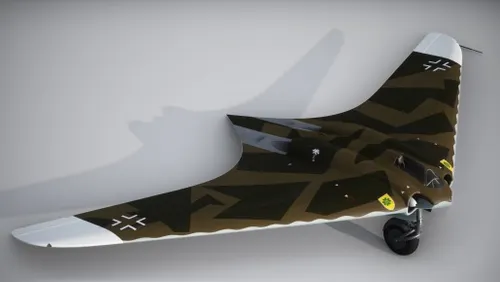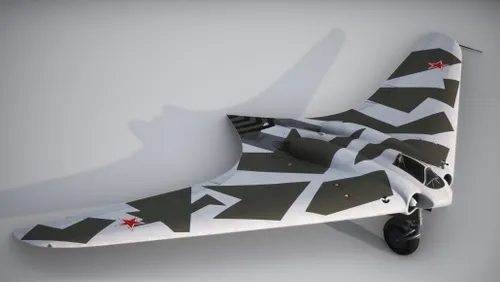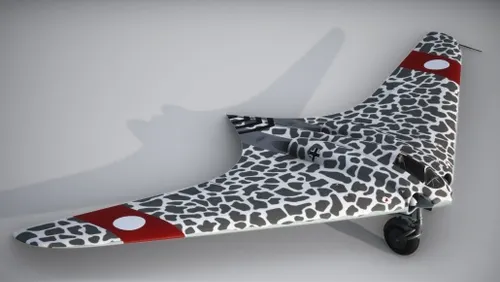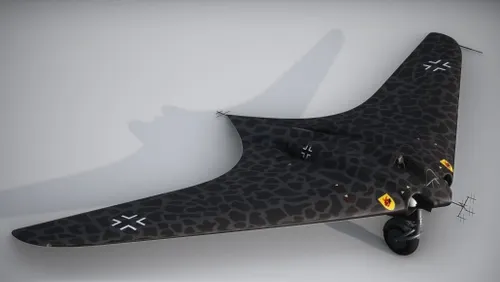- USD 20.99
- -23%
- USD 20.99
- USD 15.99
- Sale Ends: January 7 2026 6:00 PM +00:00
- View more offers at FS Addon Compare
- Added: May 13, 2024
- Updated: March 24, 2025
The Horten Ho 229 was a German prototype fighter/bomber that was designed by Reimar and Walter Horten during World War II. It was one of the first flying wing aircraft to be powered by jet engines, and had several remarkable features, such as:
It was very fast and agile, capable of reaching speeds of up to 977 km/h (607 mph) and performing tight turns and rolls. It could also fly at high altitudes, up to 15,000 m (49,000 ft), making it difficult to intercept by allied fighters. It was very stealthy, due to its low radar cross-section and its use of a special wood-based material called "charcoal mixture" that absorbed radar waves. It was estimated that the Ho 229 would have been invisible to radar at distances greater than 80% of its range. It was very advanced, incorporating features such as an ejection seat, a pressurized cockpit, a tricycle landing gear. It also had a sophisticated weapons system, consisting of two 30 mm cannons and two 500 kg (1,100 lb) bombs.
The Ho 229 was the only design that came close to meeting the "3×1000" requirement issued by Hermann Göring, the head of the Luftwaffe, for a light bomber that could carry 1,000 kg (2,200 lb) of bombs over 1,000 km (620 mi) at 1,000 km/h (620 mph). However, the project faced many challenges and delays, such as the lack of suitable production facilities, the interference of rival companies, the shortage of materials and fuel, and the Allied bombing raids. Only three prototypes were built, and only one of them flew, before the project was captured by the American forces in 1945.
The Ho 229 was a remarkable aircraft that was ahead of its time, and may have influenced many later designs, such as the Northrop B-2 Spirit and the Lockheed F-117 Nighthawk. It is considered by some to be the first true stealth aircraft in history. The only surviving prototype, the Ho 229 V3, is currently on display at the Smithsonian National Air and Space Museum in Washington, D.C.
Product features
Pilot model is NOT included, it is available in the Marketplace as a separate download from GotFriends
Product manual (please read) 18 liveries Night fighter variant Wooden prototype
Custom flight model "Wheel barrow" take-off effect Stable a low and high speeds Pushback available Custom pilot animations linked to the control stick and rudder pedals Custom animations Customized sounds Custom landing gear animation with wires, pistons and pulleys Custom gauges (mertic) Custom gauge needle vibrations Engine flames (toggleable) Engine heat glow (above 90%) Custom APU starters and sounds Opening canopy with custom sounds Custom decals Custom cameras Oxygen system Working curcuit breakers Detailed Jumo 004 engines Wingtip vortex effects Custom engine smoke effects ng radio navigation beacon indicator Hideable control stick Authentic cockpit wear and tear Highly detailed roughness and normal maps Dimmable red cockpit lighting Removable rear engine covers Options clipboard
Full checklists for startup and shutdown Auto start and shutdown key binds Custom wheel chocks and ladder (parking brakes applied)
